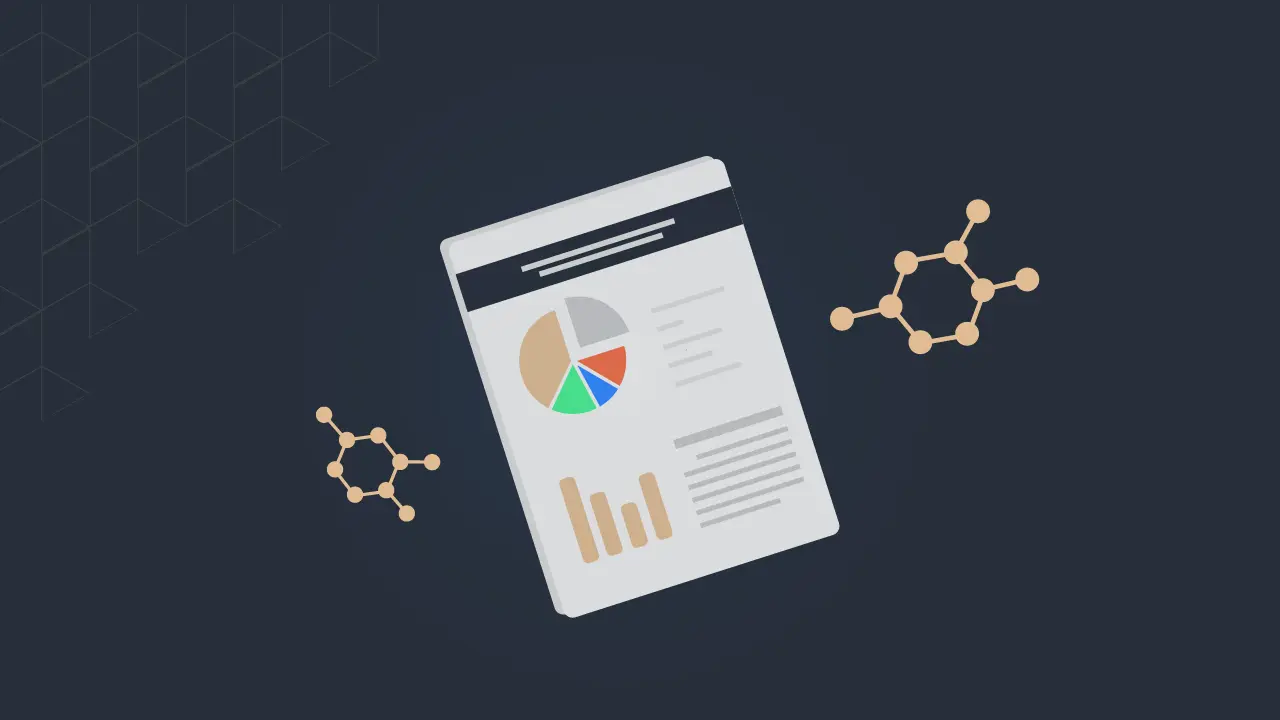In this article, we will explore the concept of Off-page SEO and how to optimize it effectively using a Checklist. We'll start by defining the Off-page SEO technique and why it is essential in your SEO strategy. Then, we'll dive into the Checklist and its components, followed by a guide on how to optimize it.
We'll also discuss Off-page SEO best practices and the tools that can be used to implement them. By the end of this article, you'll have a comprehensive understanding of Off-page SEO and how to use it to enhance your website's ranking and visibility in search engines.
What Is Off-Page SEO?
Off-page SEO is optimizing external factors that affect a website's ranking, including backlinks, social signals, brand mentions, and online reputation management. Off-page SEO plays a crucial role in improving a website's reputation and authority in search engines. A strong Off-page SEO technique can help drive more organic traffic and other significant impacts.
An Off-page SEO Checklist is an essential list that allows website owners and SEO professionals to ensure that they cover all the critical components of off-page SEO. A checklist helps to keep track of the SEO tasks that need to be completed.
Using an Off-page SEO Checklist ensures that all the necessary elements are in place and nothing important is missed out. By regularly reviewing and updating the Off-page SEO Checklist, you can ultimately lead to better search engine ranking and improved online visibility.
Off-Page SEO Checklist and The Optimization Strategies
An Off-page SEO Checklist should cover several essential components of an Off-page that are crucial for improving a website's visibility and ranking. Here are some of the critical components that should be included in an Off-page SEO Checklist:
Link Building
Backlinks are external links that point to your website from another website. It involves acquiring high-quality backlinks from other websites. Search engines use it as an authority signal that can endorse ranking. Therefore, good link-building is needed in Off-page SEO.
Here are some link-building strategies that should be included:
Creating High-Quality Content: This is the most important step in link-building. Gaining organic backlinks because your content has quality so that other websites are willing to give you backlinks. This step complies with Google guidelines about backlinks.
Guest Blogging: This strategy involves creating content for other websites in exchange for a backlink to your site. It's a win-win situation for both websites as the host site gets fresh content, while the guest blogger gets exposure and a backlink.
Broken Link Building: This strategy involves finding broken links on other websites and reaching out to the site owners to suggest replacing the broken link with a link to your website. It's a great way to acquire high-quality backlinks, and it also helps the site owner by fixing their broken link. This strategy can be hard to do for newbies since it needs long steps.
Skyscraper Technique: This strategy involves creating high-quality, valuable, and in-depth content that's better than the existing content on other websites. Then, reach out to the website owners with inferior content and offer to replace their content with your better version.
By including these link-building strategies in an Off-page SEO Checklist, you can better ensure that they are building high-quality backlinks that can improve their website's authority and ranking.
Social Signal Optimization
Social signals refer to any social media activity or metrics that indicate the popularity or relevance of a website's content. Social signals include likes, shares, comments, and followers on social media platforms such as Facebook, Twitter, Instagram, LinkedIn, and YouTube.
Search engines use social signals to determine a website's authority, relevance, and popularity, which can impact its search engine ranking.
Social media engagement involves actively engaging with followers and users on social media platforms to build a community and increase brand awareness. It includes strategies such as responding to comments, sharing valuable content, running social media contests, and using relevant hashtags.
By including social signals and social media engagement in your Off-page SEO technique, you can ensure that they are leveraging social media to drive traffic, increase engagement, and improve online visibility.
Regularly monitoring social signals and engaging with followers can help improve a website's social media presence, increase brand awareness, and ultimately improve its search engine ranking.

Picture 1: Social signal illustration
Online Reputation Management
Online reputation management (ORM) is a crucial component of Off-page SEO because it can significantly impact a website's visibility and ranking. ORM involves monitoring and managing a website's online reputation by tracking brand mentions, responding to feedback, and addressing any negative comments or reviews promptly.
In today's digital age, consumers increasingly rely on online reviews and feedback to make purchasing decisions. Positive reviews and comments can build trust and credibility for a website, while negative feedback can harm a website's reputation.
Google also considers a website's online reputation when determining its search engine ranking. Websites with positive online reputations are more likely to rank higher in search results than those with negative reputations.
By monitoring those metrics, website owners can improve their online reputation, build trust and credibility with customers, and ultimately improve their search engine ranking. Additionally, regularly reviewing and updating the ORM strategies can ensure that the website's online reputation is managed effectively and stays on track.
Best Practices
Now, you know the checklist and the explanation. To ensure the effectiveness of your strategy, it's essential to follow best practices and stay updated with the latest trends and algorithms. Here are the best practices that can help you improve your website's and online visibility.
Regularly Monitor Backlinks
Regularly monitoring backlinks can help identify any spammy or low-quality links that can harm the website's search engine ranking. This section can provide best practices for monitoring backlinks, such as using backlink analysis tools, checking the quality of backlinks, and disavowing spammy links.
Stay Updated with Google Algorithms
Google frequently updates its algorithms to provide more relevant and accurate search results. Staying updated with these changes can help you stay ahead of the competition.
We recommend you follow Google's official blog, attend SEO conferences, and follow industry experts to get the most updated search engine algorithm.
Avoid Black Hat Techniques
Black hat SEO techniques are practices that violate search engine guidelines and can result in penalties or a drop in search engine ranking. Avoiding black hat techniques is crucial for maintaining a website's online reputation and avoiding any negative consequences.
In this case, you might have backlinks that did not comply with search engine guidelines. Thus, you need to review all the backlinks to your site and make sure that it is not aimed to manipulate search ranking.
Leverage Infographics and Video Content
Infographics and video content are highly engaging and shareable formats that can attract more traffic, backlink, and social shares to a website. Here are some tips in leveraging infographics and video content:
Choose relevant and high-quality visuals
Keep it concise and informative
Include share buttons
Embed the content on your website

Picture 2: Example of good infographics
Encourage Social Sharing
Social sharing is a critical component of Off-page SEO, as it can drive more traffic and engagement to a website. Encouraging social sharing can increase a website's visibility and reach, improve brand awareness, and ultimately improve its search engine ranking.
Conclusion
Overall, a well-executed off-page SEO checklist can significantly impact a website's success in the search engine. By following the checklist and the best practices discussed in this article, it is hoped that you can optimize their off-page SEO to achieve your online business goals.
Don’t forget to check out the SEO Tool to help you do multiple SEO tasks for better results. Explore Sequence features and get a free trial of one year full.